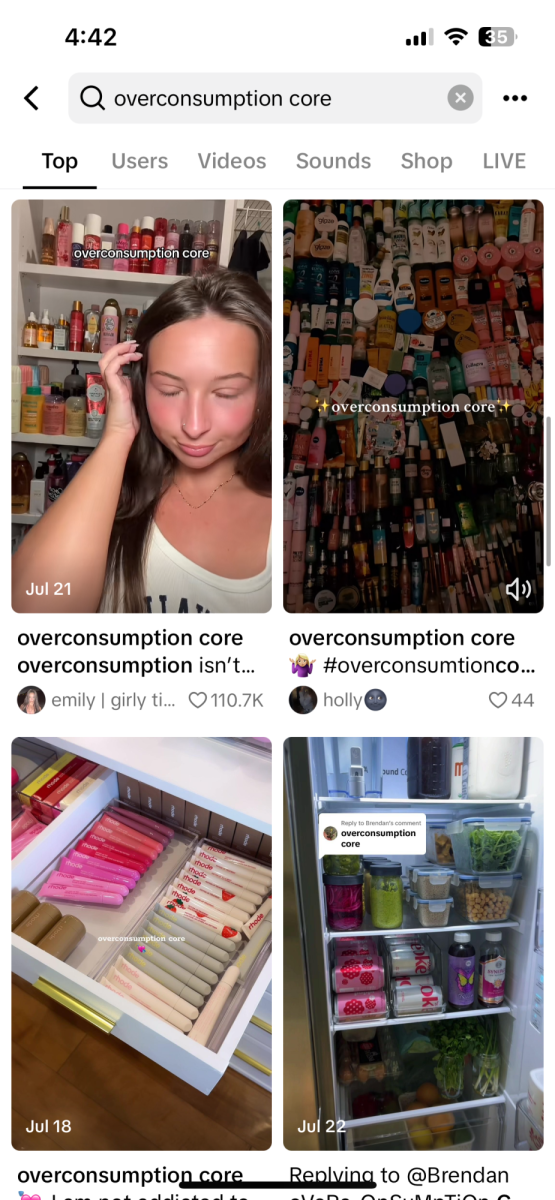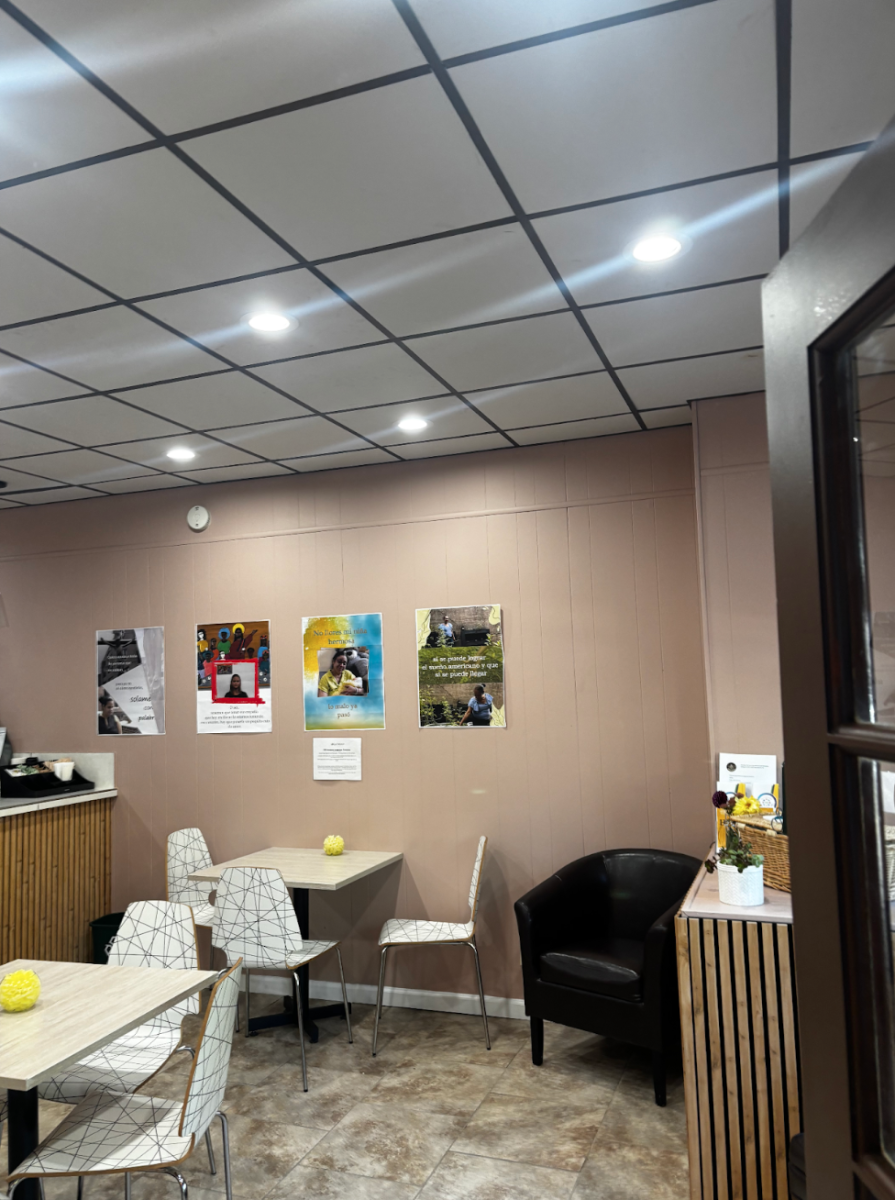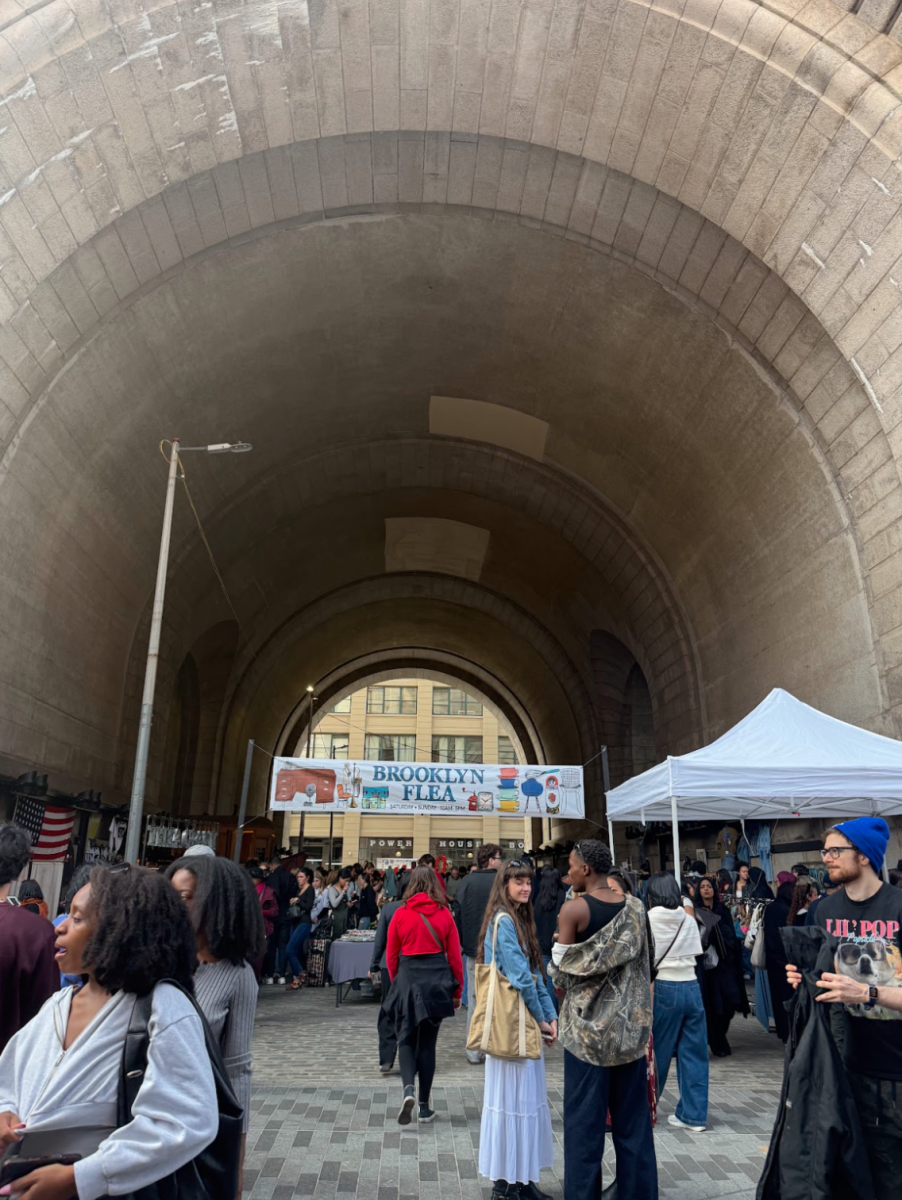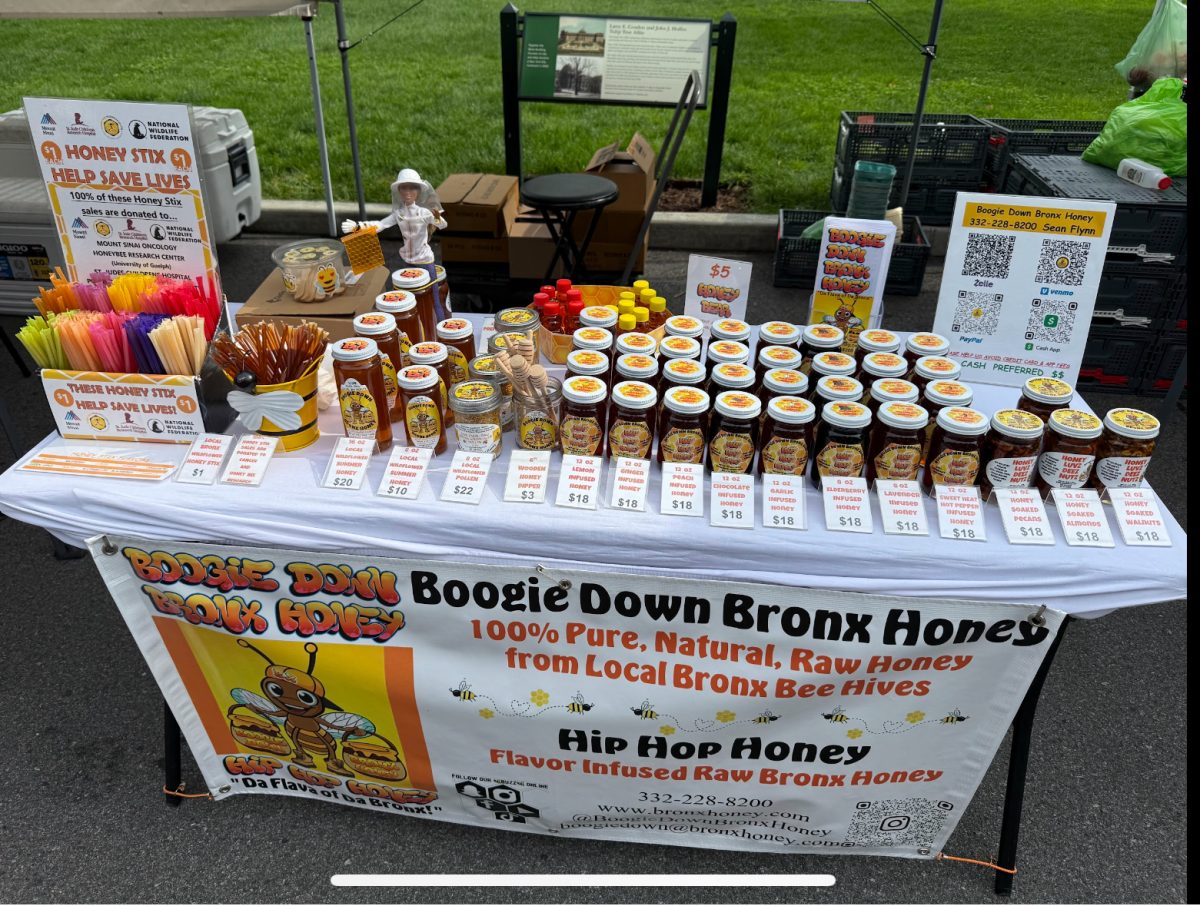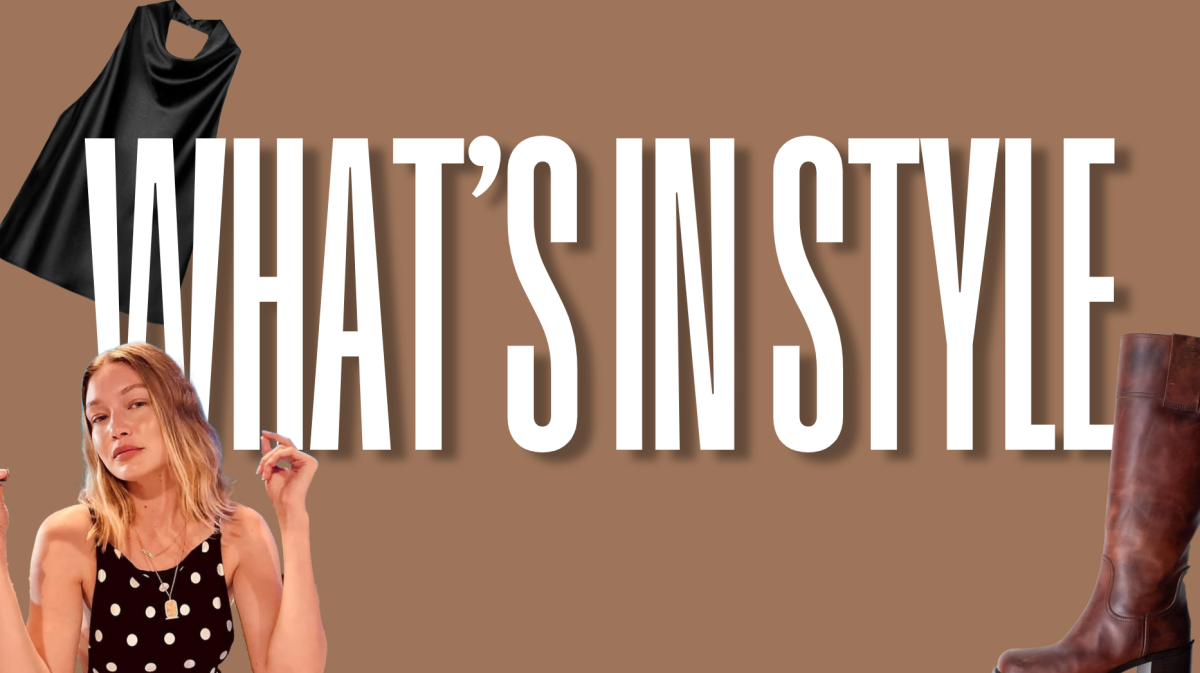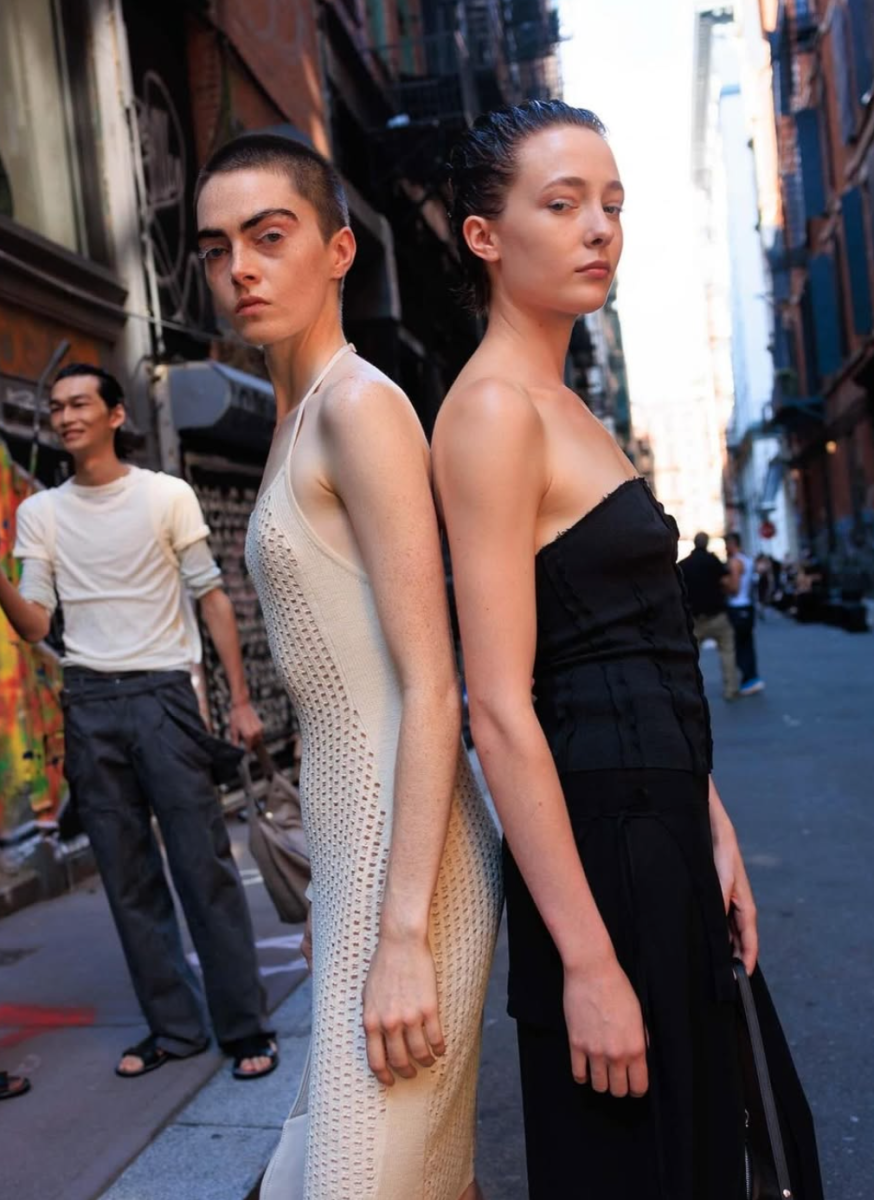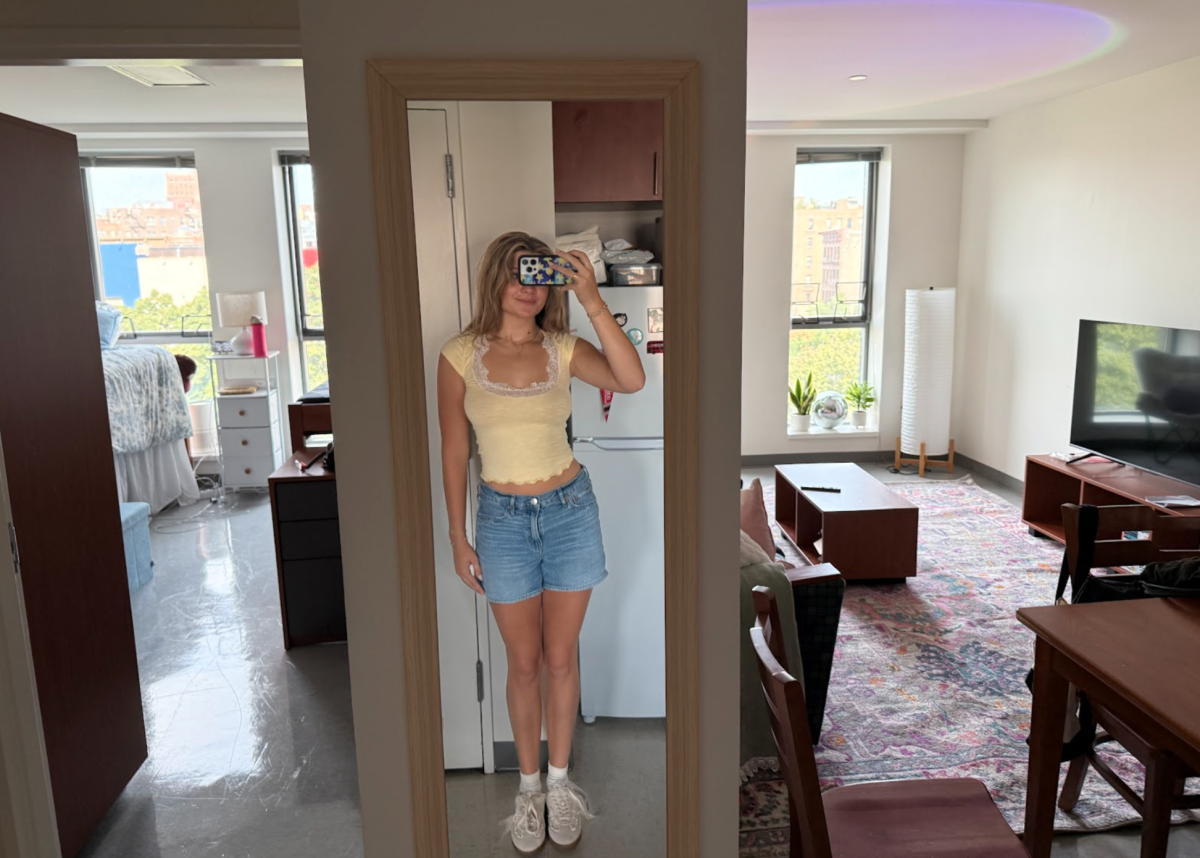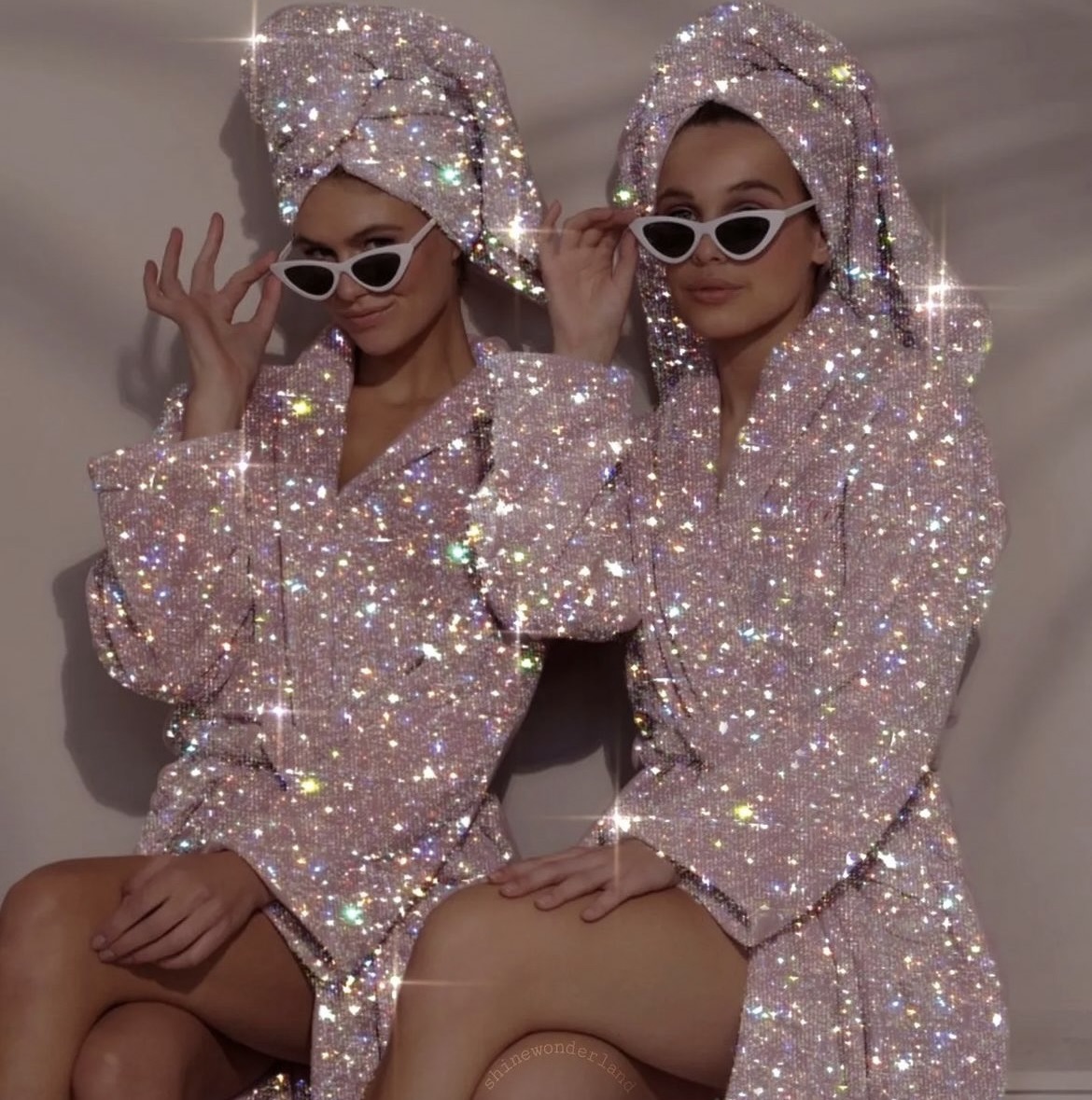As TikTok fuels our shopping habits, it begs the question: how much is too much when it comes to fashion? With online trends blowing the concept of “retail therapy” out of proportion, we are left with an unrealistic standard of what a typical wardrobe should look like.
TikTok’s perfectly-curated algorithm has created a constant stream of fashion inspiration that is both easily accessible and overly abundant. A feed of viral posts, from “What I Wore This Week” to excessive hauls and unboxing videos, fashion influencers are glorifying the allure of quick, trendy purchases.
This incessant need to buy stems from a deadly combination of FOMO (the fear of missing out), social validation and the thrill of the new. Influencers of all levels of fame consistently produce content that encourages overconsumption. Through sponsored hauls, outfit inspiration or fashion wishlists, they are creating a desire for new, trending items and building a sense of urgency in viewers to keep up with the latest fashion trends.
FOMO thrives on these exclusive, trendy ideas. As trends are flaunted across the internet, people begin to feel like they are left out, or falling behind, if they don’t have the same things. It provides the comfort of “fitting in,” but causes continuous, impulsive purchases to cushion the fear of missing out. The incessant posting from content creators and peers influences others to follow the same trends, not always for the fashionable appeal, but for the social approval of others. But once the trend dies out and is replaced by the next, the pressure to purchase continues, further cluttering your closet with more unnecessary items and contributing to the cycle of overconsumption.
These crazes are regularly evolving and pushing consumers to stay ahead of the ever-changing trend cycle — which as a result have normalized overconsumption. Social media has made purchases as quick and convenient as ever. Not only is viewing these videos providing your brain with a dopamine hit, but being influenced into purchases gives you a rush as soon as you check out. This instant gratification you feel initiates the addiction. The more you see people buy, the more you buy and crave material items, further driving these impulsive, excessive buying habits.
Ultimately, it has transitioned a love of fashion into a trend of overconsumption.
The line between expressing personal style has been blurred with that of falling victim to consumerism. We no longer buy things we like, we just like things.
Large fast fashion corporations, like Shein, TikTok Shop and DHgate capitalize on this new desire to overconsume. Materiality directly correlates to overspending, so these companies provide the solution of cheap alternatives. You can buy more for less. Those fearful of committing to a trend now purchase the affordable “dupe” so once the trend fades, they lose less, and not at the expense of social acceptance.
Realistically, material possessions will never satisfy this constant craving for more. A focus on timeless pieces that express your personal style will offer you a unique sense of fashion, one that overconsumption can never provide you.



































































































































































































